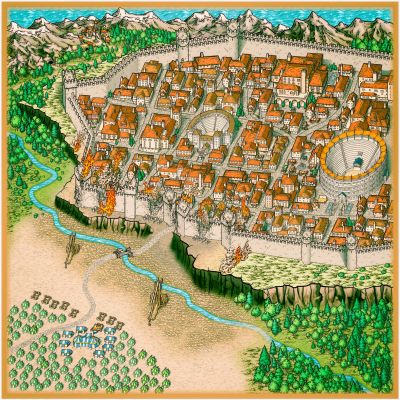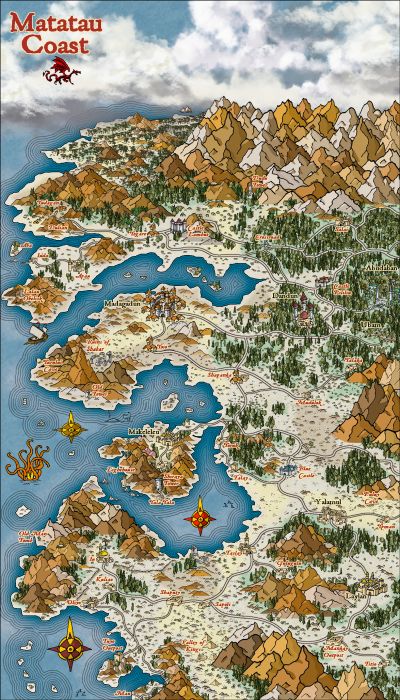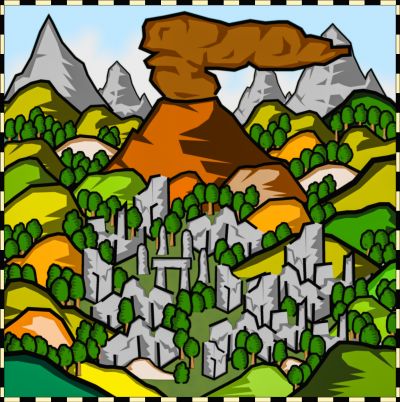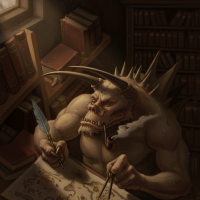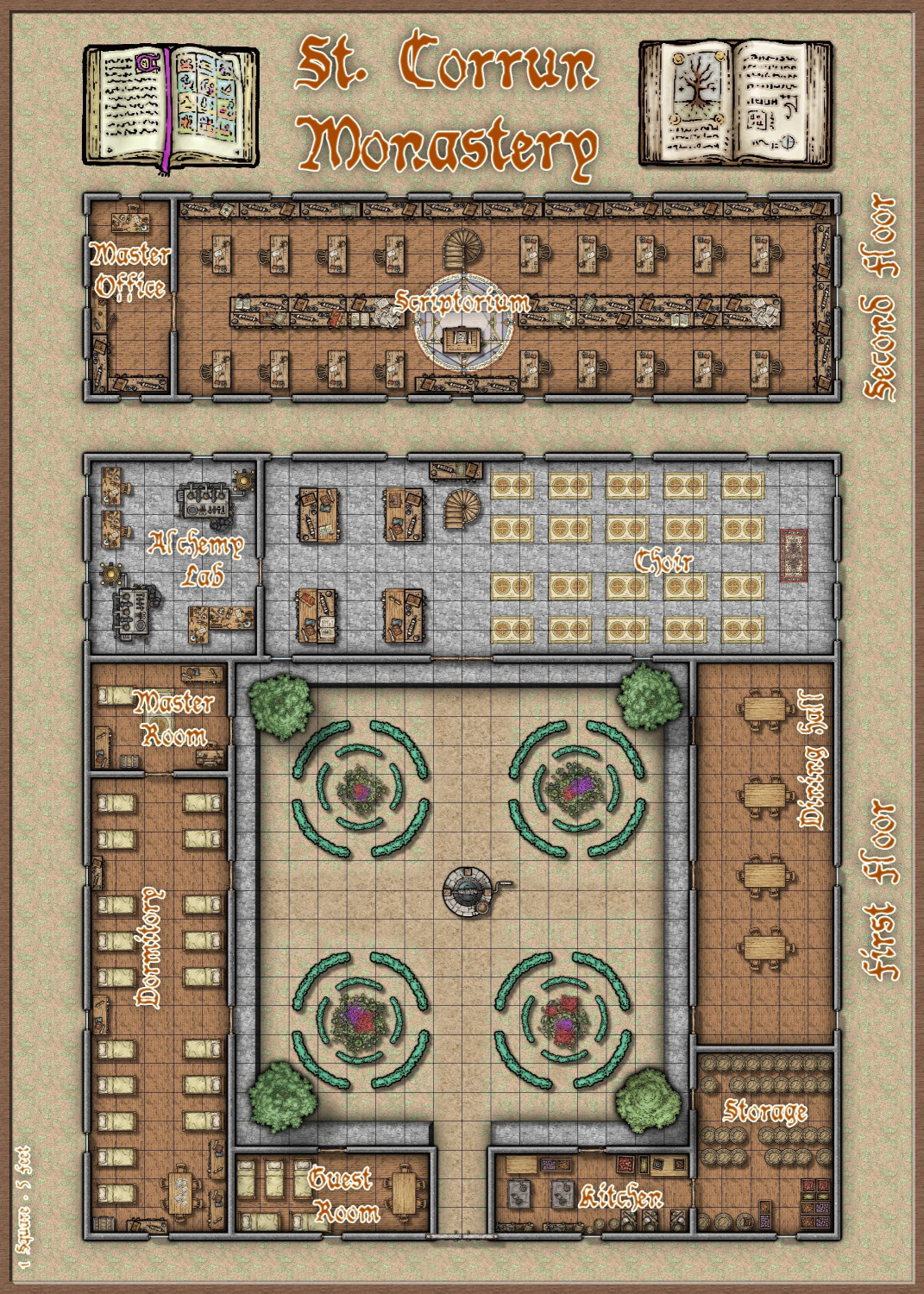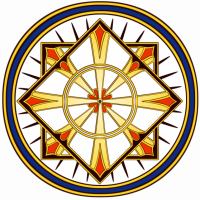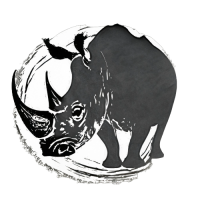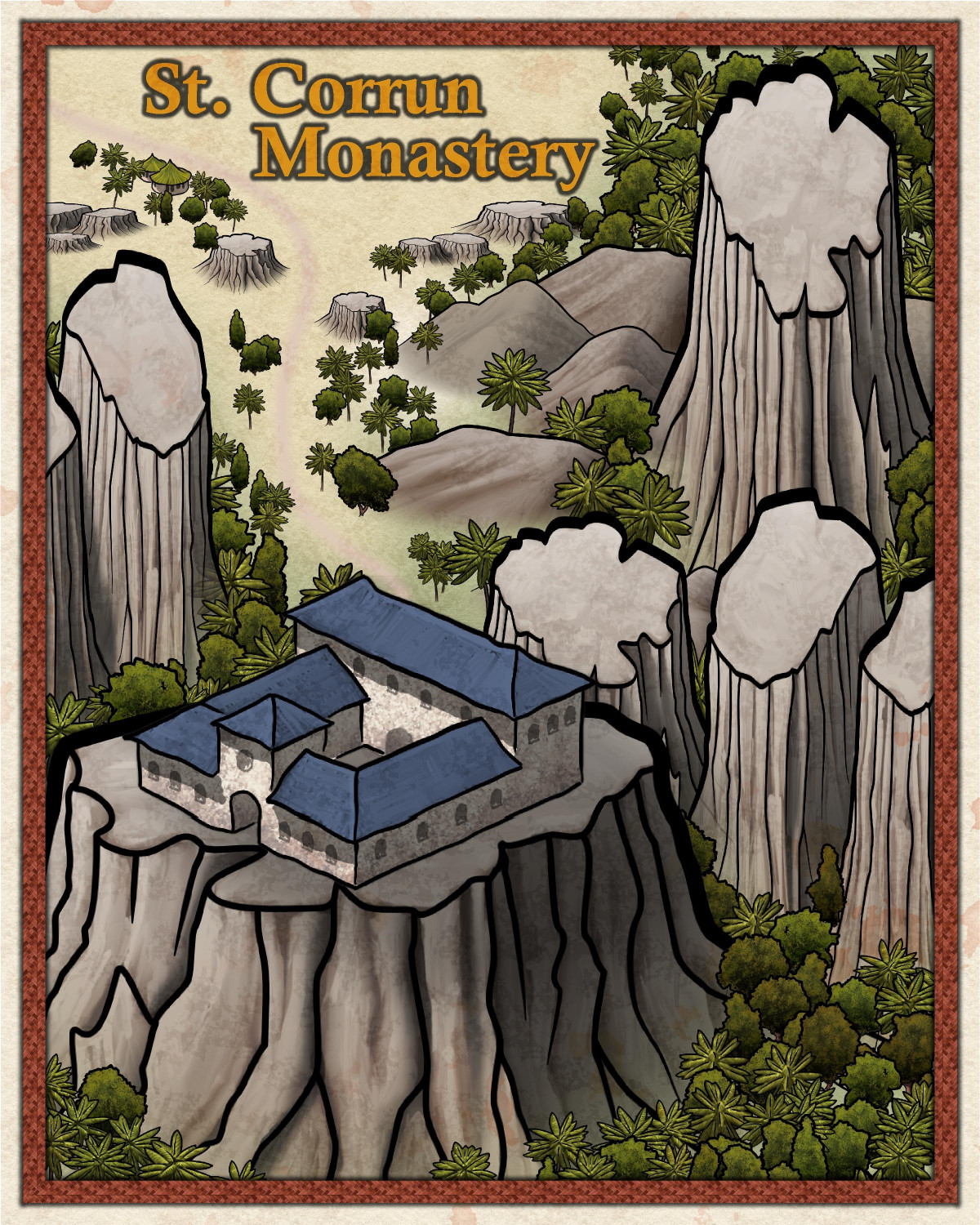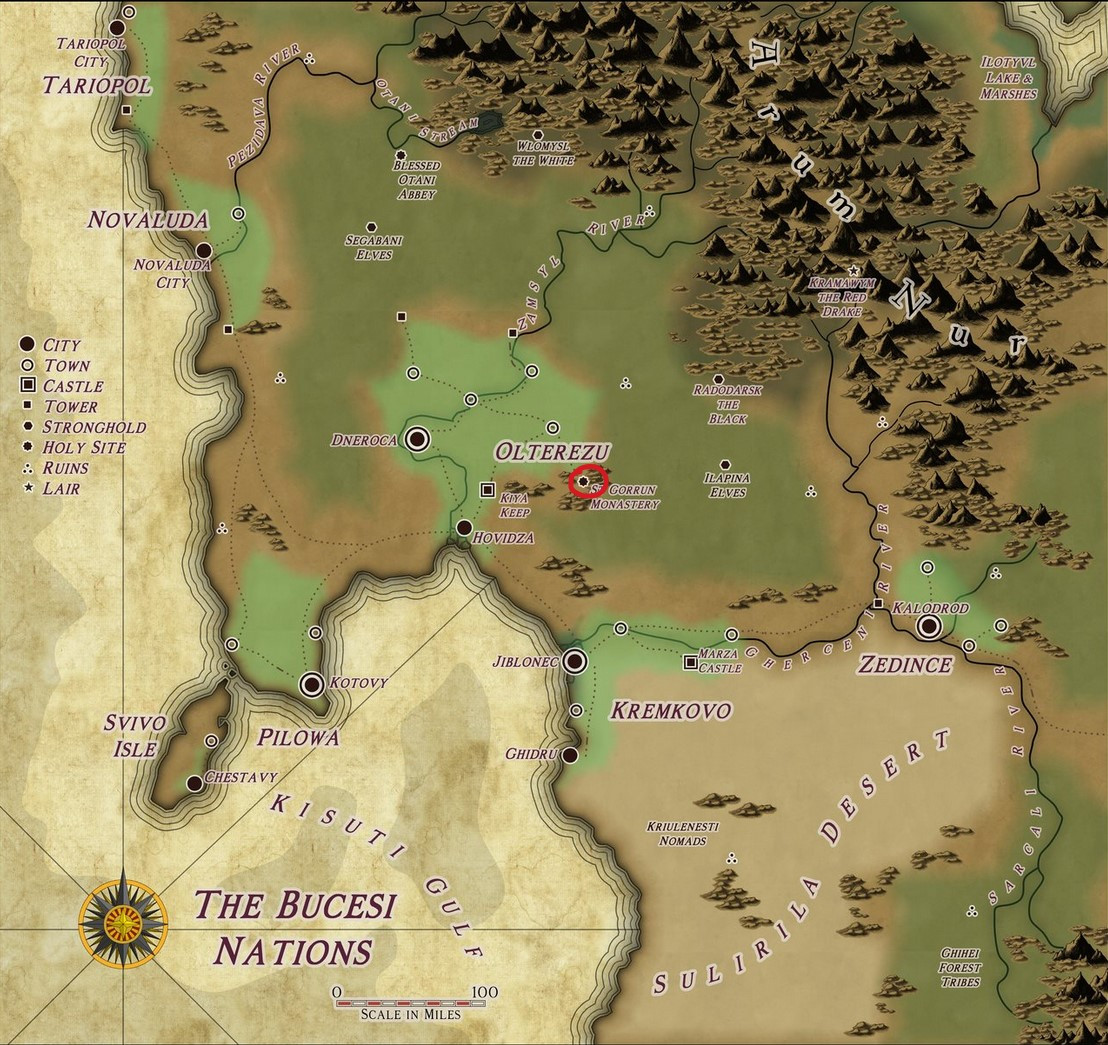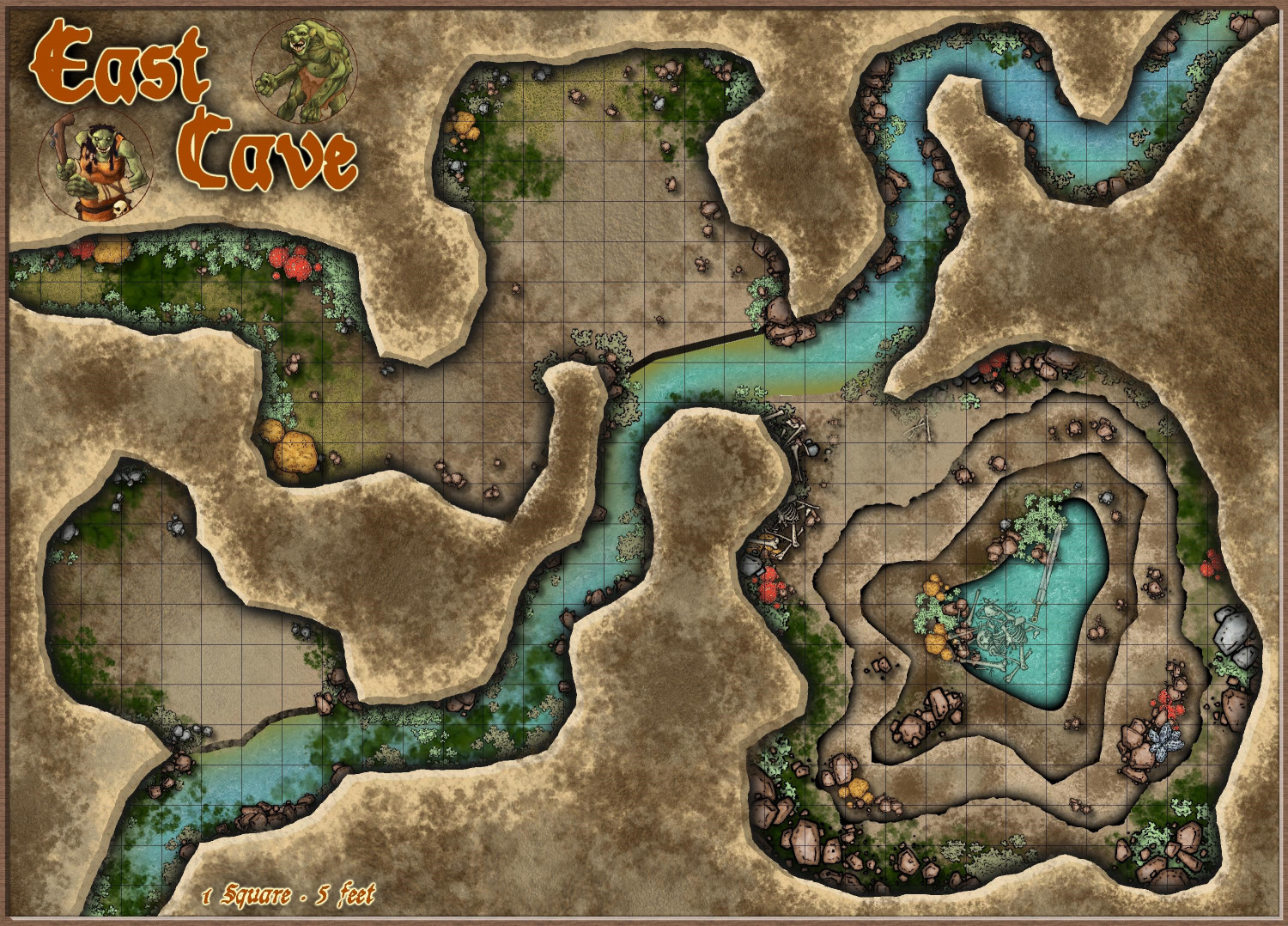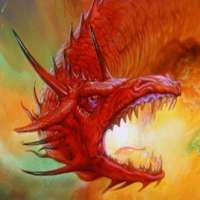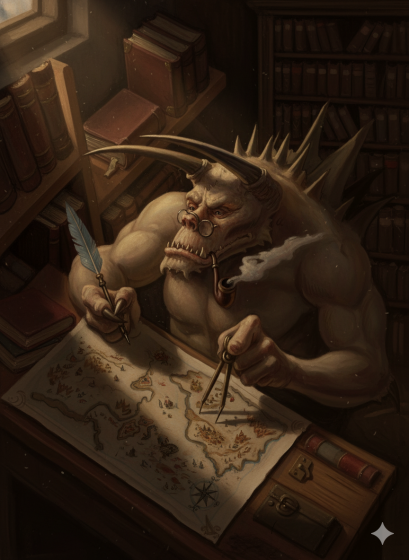
Ricko
Ricko
About
- Username
- Ricko
- Joined
- Visits
- 6,688
- Last Active
- Roles
- Member
- Points
- 10,516
- Birthday
- February 7, 1977
- Location
- merlo san luis argentina
- Rank
- Mapmaker
- Badges
- 22
Reactions
-
Community Atlas: Kara's Vale, Ethra, Doriant
Usually for Mike Schley I use Sue Richards Darklands cliffs when I need to make a cliff marked mainly in the north direction.
I use a darker default terrain in the lower parts and a lighter-colored default terrain in the upper areas. Here the biggest work is to make the contour with the default terrain on the cliff lines in the north orientation.
Mike Schley's cliffs are very good at diagonals in the overland, and he could well make one with all orientations, just like Sue did.
-
Community Atlas - Berenur - Buchesi Nations - St. Corrun Monastery
And here is the floor plan, based on Sue's structure image that I used as a reference on the draw above.
In fact, it all started with the structure icon used in the first map, then I thought: I need a landscape and a place for this "monastery", so right after that... I need a map of the monastery... lol
Cheers
-
Community Atlas - Berenur - Buchesi Nations - St. Corrun Monastery
The Story of Corrun, the Exile of Wisdom
In ancient times, when kingdoms fought for glory through steel and faith, there was a man whose power came not from the blade, but from the mind. His name was Corrun, the son of peasants, but adopted by the elders of a court eager for oracles and advice. From a very young age, he demonstrated a rare intelligence, a clarity of thought that overshadowed even the most renowned scholars. Corrun read the stars, deciphered dead languages, understood the cycles of the visible and invisible worlds with equal diligence.
For decades, he served unstable thrones, advising kings in wars and treaties, preventing disasters and shaping the destinies of the poor and the rich. His word was law among nobles, and his presence was feared and at the same time revered. But the higher he rose in the esteem of the powerful, the more he became disgusted with human vanity. The halls were filled with empty words, feasts in the midst of famine, and kings who used wisdom as an adornment, not as a beacon.
Tired of the hypocrisy and futility of the courts, Corrun abandoned everything—his robes of counsel, his titles, and his name in the chronicles—and disappeared from the eyes of the world. Some say he left after a dark omen, a vision that the kingdoms he had helped build would drown in blood and forgetfulness.
In the solitude of a road's end, under an eternal sky and among meadows where only the wind dared to sing, Corrun founded a monastery of the Black Stone, humble and severe. There, together with a few disciples who had also renounced the vanities of the world, he laid the foundations of what would come to be known as the Order of the Manuscritori, monks of silence and writing.
The Manuscritori, Keepers of the Living Word
The monks of St. Curron—so named after his death—are known for their devotion to the preservation of knowledge. They believe that words have spirit, and that each letter drawn is a spark of ancient power. Inspired by the spread of knowledge, they developed forms of enchanted calligraphy, where each page is both a mirror of the soul and a spell in repose.
Monastic Life
At the monastery, days begin with chanting in the Inner Cloister, where voices rise in ritualistic harmony, echoing through the covered stone corridors. Meals are silent, shared with reverence. The herb gardens, arranged in alchemical circles, are both medicinal laboratories and places of spiritual revelation.
The monks dress in simple robes made of dark wool, covered with symbols embroidered with silver thread and dried blood—marks of protection and wisdom. There, their study of the visible and invisible world is uninterrupted: they study stars, anatomy, poisons and medicines, dreams and runes.
The Three Vows
The Order is based on three sacred vows:
• Silence, to hear the echo of the spirit and the whispers of forgotten books.
• Knowledge, to never cease the search, for knowledge is infinite and changeable.
• Harmony, to live in harmony with the rhythms of the earth, the moon, the seasons and the ancient gods.
Corrun's Legacy
It is said that Corrun did not die like ordinary men. On his stone bed, surrounded by his disciples, his body became light and words, transforming himself into a book that can never be read in its entirety, for its pages continue to write themselves, revealing new truths over the time.
Some claim that the monastery itself is alive, built of enchanted stones that move subtly with the lunar cycles, hiding rooms and revealing secrets only to those who are ready. Others say that Corrun wanders among the trees of the garden, like a spirit of smoke and low voice, guiding the most devout.
Influence on the World
Though remote, the Manuscritori have a subtle presence across the continent. Mages, kings, and hermits seek their blessing. Manuscripts from their hands emerge at key moments in history—an impossible peace treaty, a lost cure, a spell that seals ancient horrors.
Those who return from St. Corrun rarely speak of what they saw. But their eyes glow with a new flame—as if they have gazed into the abyss of knowledge and come away not unharmed, but transformed.
-
Community Atlas - Berenur - Buchesi Nations - St. Corrun Monastery
I was looking for the location of a mountain range to make an monastery, I wanted a place that was neither too lush with nature, nor too arid. Wandering around the map I found this location on Master @Quenten map.
So I'm invading and usurping - once again - one of your maps <3
-
Community Atlas - Haddmark - Peredur
The area is now complete Master @Monsen . Thank you very much.


